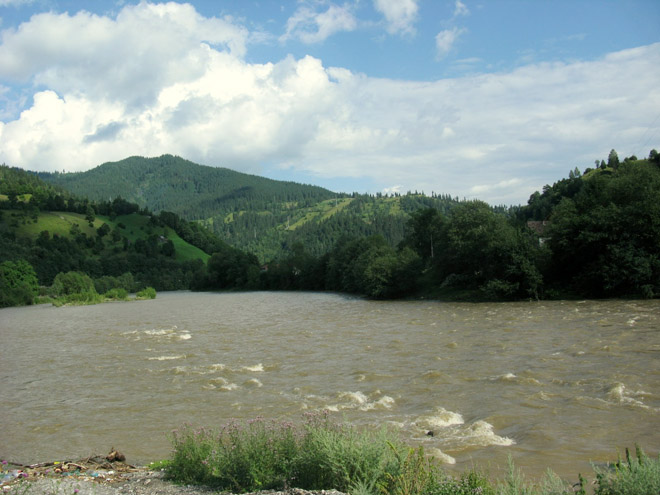Low water levels at hydropower plants have caused electricity shortages in parts of south-western China, adding to the devastation brought by the worst drought for 60 years, state media said on Wednesday.
The drought "paralyzed 90 per cent of hydropower stations" in the Guangxi region, which relies heavily on hydroelectric power, the China Daily newspaper reported.
The water level above Guangxi's key Baise dam had fallen to a record low of less than 190 metres, forcing officials to suspend outflow to the Pearl River in the neighbouring province of Guangdong, the newspaper said, DPA reported.
"The normal water level should be at 228 metres and the dam paralyzes at a water level of 203 metres," it quoted a worker at Baise as saying.
The China Southern Power Grid, which provides electricity to Guangxi and the neighbouring drought-hit regions of Yunnan and Guizhou, said it faced an "arduous task" to maintain supplies.
The Ministry of Civil Affairs said Wednesday that the drought had affected some 61 million people and caused estimated direct economic losses of 23.7 billion yuan (3.47 billion dollars).
Last week, reports said the drought was expected to cut crop yields by more than half in much of south-western China.
Dry weather since August has left at least 25 million people short of drinking water in the two worst-hit provinces of Yunnan and Guizhou.
About 5.2 million people in Yunnan are relying on supplies of drinking water transported from other areas, the Global Times newspaper reported.
Central and local governments, backed by the Chinese Red Cross and donations from companies and individuals, are donating water or cash to some of the worst-affected areas, the reports said.
Dry rivers cut power supply in south-west China
Low water levels at hydropower plants have caused electricity shortages in parts of south-western China, adding to the devastation brought by the worst drought for 60 years, state media said on Wednesday.






